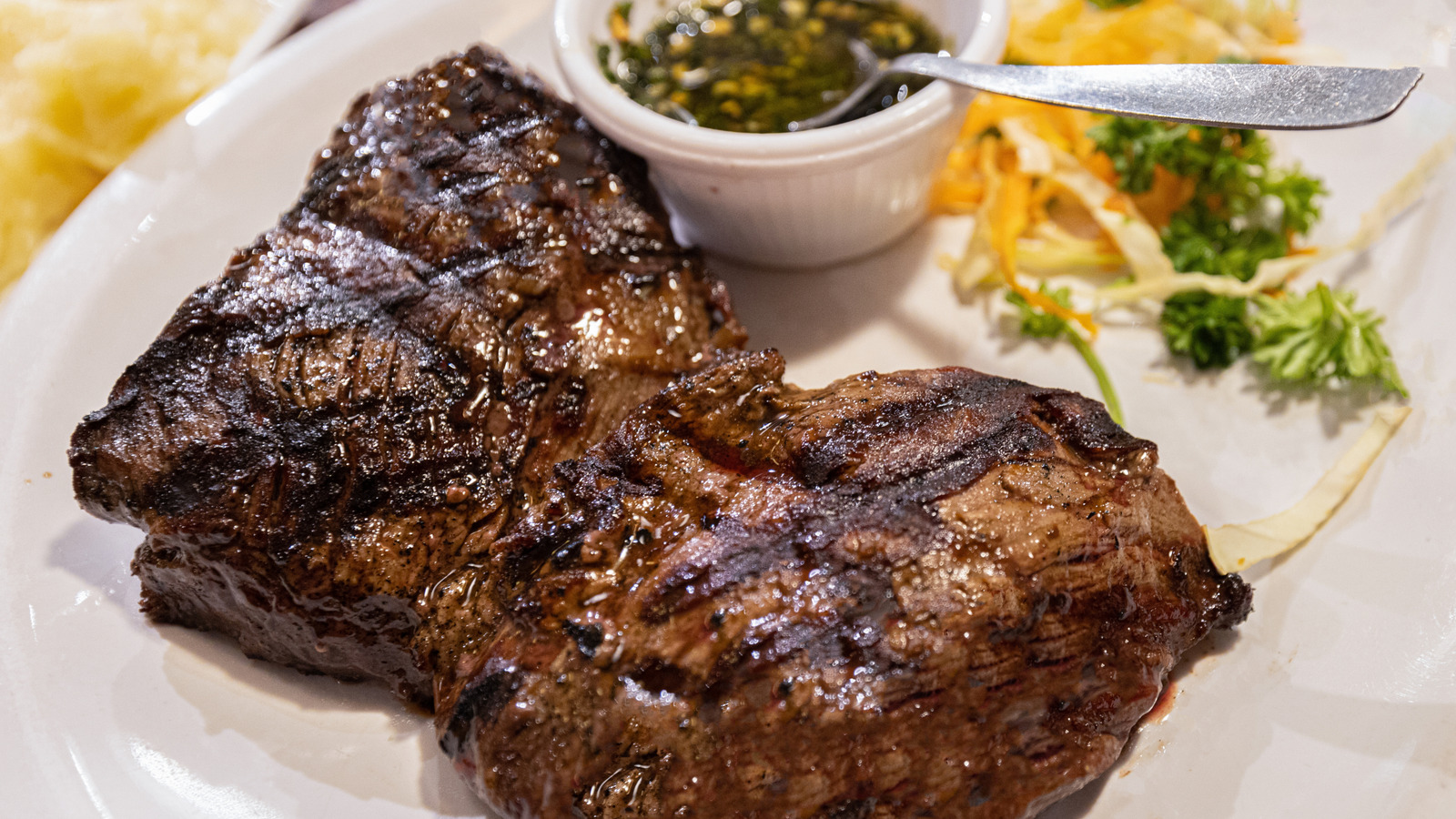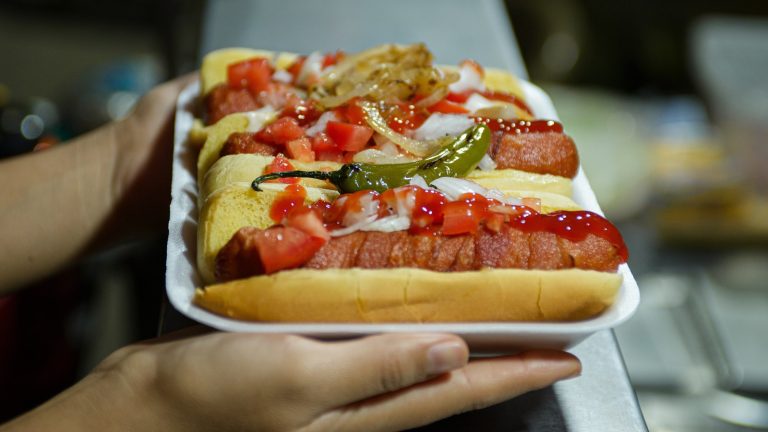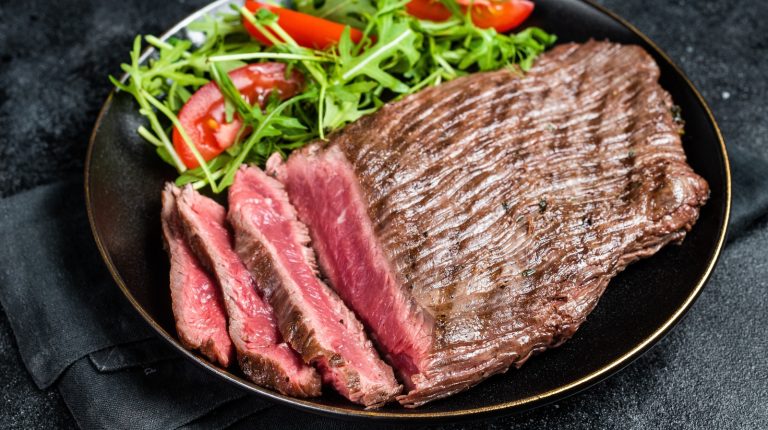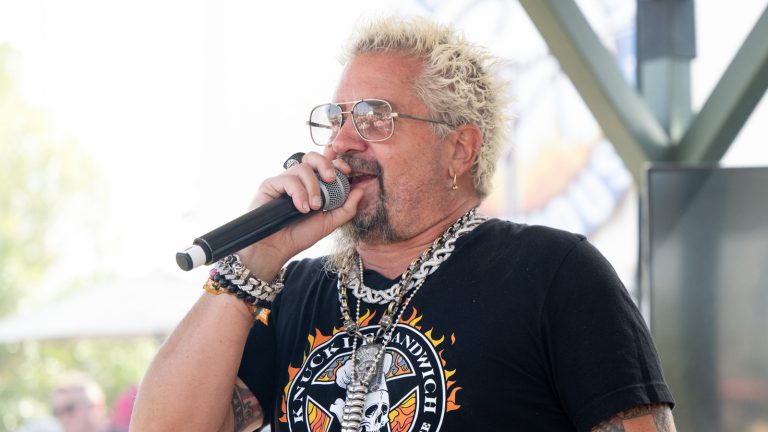Argentine beef has garnered international acclaim for its high-quality flavor and irresistibly tender texture. Revered at steakhouses, Michelin-starred restaurants and backyard barbecues alike, the South American nation’s beef isn’t just a culinary staple, it’s a way of life, rooted in centuries of culinary tradition. In fact, Argentinians consume the most beef per capita in the world, at a little over 100 pounds per year. But just how did Argentina build its reputation for world-class beef?
Back in the 1500s, Spanish colonizers brought cattle to the Pampas region of South America, an expansive stretch of flat, fertile grasslands that include parts of modern-day Argentina, Uruguay, and Brazil. Thanks to the region’s temperate climate and wide-open grazing grounds, the cows thrived. By the 18th century, a distinctly Argentine gaucho culture, similar to that of American cowboys, cemented the country’s beef in its national heritage, as the gauchos tended to the free-roaming cattle throughout the Pampas.
To this day, Argentine cattle are free-range, with a diet consisting of the land’s nutritious grasses. This makes them considerably leaner and more environmentally sustainable when compared to the grain-fed beef of the United States, with meat that’s packed full of antioxidants and omega-3s. Plus, Argentina’s traditionally-nurtured cows are incredibly healthy, raised without artificial growth hormones or antibiotics. With all that in mind, when Argentine beef hits your plate, it boasts a distinctly rich and savory flavor profile, with a juicy, tender texture that is hard to find anywhere else in the world.
In Argentina, it’s all about the parilla
The physical make-up of Argentina’s meat is only a portion of why the nation’s beef is so highly-regarded around the world. As their diet primarily consisted of meat, gauchos developed their own preferred method of beef preparation, designed to create the most delicious meals possible. They created make-do grills with metal grates on which they cooked beef slowly and evenly over hot charcoal or wood embers. This later became known as a parrilla, which skyrocketed a new type of grilling called asado to popularity. Asado grilling varies from other styles due to its indirect heat, which gradually breaks down the muscle fibers of the protein. When cooked slowly, a luscious, tender bite is created, and delightfully-smoky flavors and aromas are imparted to the meat, all without a burnt, charred flavor.
In an Argentine feast, the proteins are cooked on the parrilla. As they roast, friends and family congregate to eat the various fixings as they’re finished grilling. The meat is so delicious, it’s often prepared with just salt and pepper. However, no discussion of Argentine beef is complete without talking about chimichurri, the country’s signature steak topping, which is arguably as well-known globally as the beef. With a uniquely-bright and tangy flavor, a fresh chimichurri sauce is oil-based, with aromatics like garlic, parsley, and oregano. Throw in some vinegar or lemon juice for an zingy aftertaste, and every bite of Argentine beef is a party in your mouth.





